Want to watch a 30 minute Czech film (with subtitles) that will literally change your life? That is the gift I am bringing you today. The film Most (The Bridge) is so touching, it is perhaps the most poetic, powerful and brilliant piece of film making I have seen in recent memory. I guarantee you it will rank among the most powerful and moving films you’ll ever watch in your lifetime. There is no epic plot, but it has all the plot any movie ever needs. It cuts to the core of the human experience and provides characters that we can all relate to.
It’s the story of a father and a son, of love and sacrifice. This is one of those films that completely pulls you in and then blows you away. Even though I knew the story ahead of time (and you will too, if you keep reading) I was amazed at the emotions it invoked upon seeing it. With all the gibberish and garbage so prevalent in films today, this film stands out as a true masterpiece.
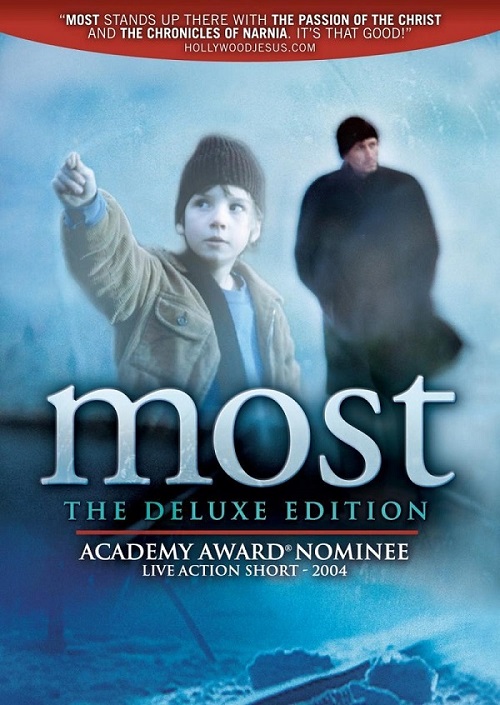
I think everyone should see this film. Like any timeless and great story—if you fully understand the film—you cannot help but be changed by it. Not since The Passion of The Christ have I seen such vivid and symbolic images that are forever branded on the heart and mind, not to mention the soul.
After viewing this film, I have decided share it here today for all of the people in my life that I love—yes, you—my readers and supporters. What better message can I possibly give to my friends and family than this? In a world where so much of the focus is on “me”, “mine”, and “more”, I could only wish that media channels would broadcast this instead of the sad and vulgar videos that youth are exposed to today…
I was also astonished to learn that this brilliant Czech language film was made by two young filmmakers from Los Angeles. The Academy Award Nominated short film: Most (The Bridge), is an influential and touching movie about a gentleman who handles a railway drawbridge and how he discovers the genuine definition of sacrifice having to formulate a decision of remarkable heights. Truly a poetic and powerful story of a father forced to choose between love and duty.
Watch the 2-minute film trailer below:
The Story of Most (The Bridge) – Spoiler Alert
Most (The Bridge) tells us the tale of a single father who takes his young son to work with him at the drawbridge where he is in charge of its control. One day, the boy meets a young woman who is getting on a train, she is a drug user. Back at the bridge, the father tells his son to wait near the lake as he heads into the compartment to lift the bridge so a ship can pass. In that moment, a train arrives an hour early. The son tries to warn his unaware father of the oncoming train to no success. The boy decides to fall into the drawbridge mechanics to lower the bridge himself but the train is coming fast and it leaves his father with a difficult choice. He must choose between his own son or the dozens of lives on the train. With immense pain, the father moves down the bridge which saves the train and it’s passengers, but immediately ends the life of his son. On the train, no one notices the sacrifice the boy (and his father) had made to save them except the young woman the boy had met earlier whom had seen everything through her window.
The film transitions to the man walking in a new town where he meets a woman and her baby.
The film Most (The Bridge) is often overlooked since it falls under the category of short film but those who have had the chance to watch it have considered one of the best, most compelling and life-altering films they’ve ever watched. When it was released in the Sundance Film Festival it quickly became one of the audience’s favorites. Besides having big recognition in the distinguished Sundance Festival, it won awards in the Heartland Film Festival, Palm Springs Festival, Maui Film Festival and other illustrious festivals. It gained international exposure after being nominated at the 2003 Oscars ceremony for Best Live Action Short Film.
One of the most important features of this short film is the actors and the way they portray their characters. Presented in Most (The Bridge) are truly refined professional actors who for example to the American audience aren’t very familiar with. The fact of not having a recognizable face in the film helps audiences focus more on the story and dive in on that reality than getting distracted by a famous or somewhat recognizable face.
For God so loved the world that he gave his one and only Son, that whoever believes in him shall not perish but have eternal life. – John 3:16
Christians may recognize the core of the story as a familiar one, perhaps even something you would hear on a sermon but Most’s visual details and the focus on each character arc makes the film go above and beyond to represent the story.
The filmmakers leave audiences with the mystery of asking themselves “did what we just watch happened in real life or not?” They also managed to make people think and reflect over its core message. Though it is a film short, the director took the necessary time to narrate the story with full details— to tell the story from the little boy’s point of view and make all the core characters with three-dimensional lives. Thus, many components of this story become relatable to stories people have read about from the Bible. Because production included so much humanness and character in its details, the story becomes some sort of parable.
Most (The Bridge) goes extremely to the point and is wonderfully made. From the opening that is surrounded in a dream-like world—and then the devastating climax—that is filled with creative artistry. In that moment the story shifts to provide viewers with an outstanding emotional attachment to the characters and it resonates with events that had occurred before. Since the story is set in the Czech Republic, the European feel and ambiance is always present and goes with the struggles mentioned in the center of the story. Even though Most (The Bridge) has the European feel, it’s been created to appeal to the American audience.
The film was made possible by young American Christian filmmakers from Los Angeles, California, William Zabka and director Bobby Garabedian. To some, it is both surprising and remarkable that such a poignant and visually creative film came from Christian filmmakers. Most (The Bridge) is a spiritual experience that does parallel themes in Christianity but can be appreciated by anyone, no matter their spiritual journey.
While looking for a place to film Most (The Bridge), they had visited many countries looking for the perfect location. In each location, a detail was missing that needed to be there to help contribute to the look the director wanted in it. When the location crew and director visited Prague, they quickly decided that this was the perfect place. (Of course!)
Czech Republic had the feel, the locations, and the actors. In terms of filming, the director enjoyed making the movie in Czech Republic. One of the challenges that the crew faced was that it would get dark early so the days would become shorter for the to get all the takes set for the day.
For Bobby Garabedian, working with the actors was one of the highlights of that experience. The actors only spoke Czech and very little English so even though communication was difficult, they managed to communicate in a different level that basically no words were needed. They would communicate with their eyes and signals to get the final product the director needed. Originally they had a translator but then they noticed it would take more time so they decided to not have a translator and just communicate the best way they could. To him, having that experience, made the film mean so much more.
Most (The Bridge) was released in 2003 and is classified a short, as it is only 29 minutes long. But this is the most powerful 29 minutes I have seen on film in a very, very long time.
This Czech film is directed by Bobby Garabedian, written by Garbold Witnossky and William Zabka, produced by Bobby Garabedian and William Zabka. Production companies – Eastwind Films and Prague Indies Productions.
It stars Vladimír Javorský, Linda Rybova, Ladislav Ondrej, Ester Geislerová, Brad Heller, Klara Issova.
The cinematography is by Michael FitzMaurice, it is edited by Kveto Hecko and Paul Petschek, and the music is by John Debney.
Awards
- 2003 Sundance Film Festival: Official Selection
- Palm Springs International 2003: Winner – Best of Festival
- Maui Film Festival 2003: Winner – Best Short Film; Audience Award – Best Newcomers
- Heartland Film Festival 2003: Winner – Crystal Heart Award
- Nominated for the Academy Award 2004 for Best Live Action Short Film
Most will impact you, causing you to search your soul and perhaps lead you down a path of self-discovery. I highly recommend it to everyone. It’s one of those films that will leave an everlasting imprint — not only in your mind but in your heart.
And Now, a Surprise…
I actually found the entire 29 minute film online so you can watch it now.
Now that you have a chance to see it, please make it a priority. It is the kind of short film that raises the bar for any other viewing. Get your box of Kleenex and be prepared to have such a pain in your heart after watching this, you’ll be grateful for whatever problems you have in your life that don’t involve having to make such an incredibly tragic decision as we witness in this heartbreaking film.
Through the highly emotional and heartbreaking performances, you are invited to dwell deeply on the issue of ethical dilemmas and ultimately, the goodness of mankind. I highly recommend this film to anyone, especially those questioning the meaning of life.
I would love, love, love hearing your thoughts on this film! Please make sure to leave your comments below.
Afterthoughts – Read After Watching the Film
The Last Station Before the End.
The impossibility of the same—the uncertainty of the different—the fate of time.
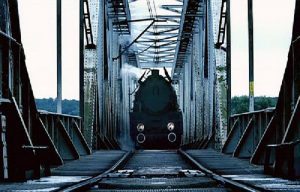
Life begins to weave its transparent web by making these three unknowns equal. Even if the building blocks that make up the essence of bodies are the same, each pattern of this network that draws the texture of life is unique and non-repeating. At various points through time, the threads of the web converge, touch, intersect; and at some point they merge together, become a knot, integrate. This occurs suddenly, unnoticed, unseen and always keeping its transparency. In this texture, which is as difficult to imagine as it is to imagine, a person leaves his eye traces at every point he can reach.
In this way, it connects the streets that live unaware of each other, the cracks in the nooks of those spaces, the stairwells and the broken windows. In this way, he collects every moment touched by the eyewitness, making them all a part of the long-running story that begins with the history of humanity and is the only legacy of man in history. And thus, the fragments of moments scattered across the vastness of time, shouldering the burden of “meaning”, set the stones of the web of destiny in place.
Man is both the main audience and a leading actor in this endless and dynamic chain of possibilities, to which he is personally connected. While the mind is trying to determine which direction the wheel of time turns, as the wheel moves, one hangs from one’s own leg at the end of this chain.
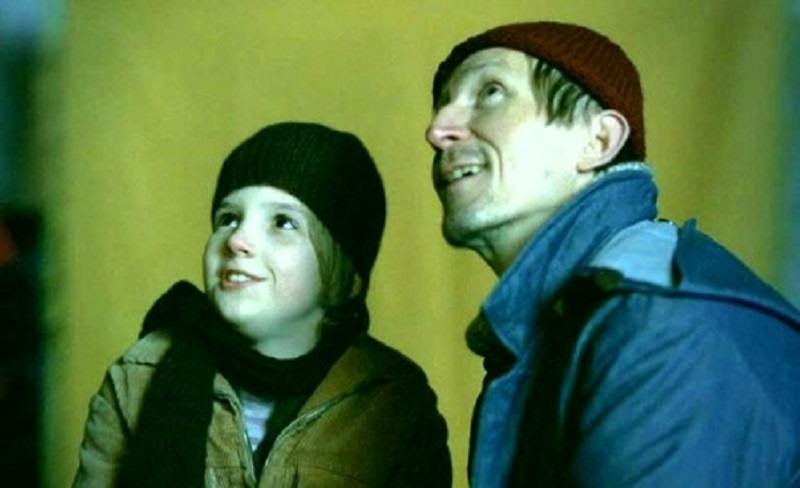
Possible to intervene, easy to feel; however, it is impossible to fit this portrait in one hand and dominate it. However, man has built a similar one with his own hands, laying down the iron nets; The most beautiful train routes describe the impossibility of touching each other on the same route, the uncertainty of the horizons to be drawn by different lines, and the fatelessness of these horizons extending from one point to infinity. Just as the American director Bobby Garabeidan described in his 2003 short film Most .
Events that take place in the Czech Republic. Nine-year-old Lado (Ladislav Ondrej) and his father (Vladimir Javorsky), who works as a switchgear on the train track, lead their lives in their own way and joy. As in every station, the rails that will not intersect forever here, bring together the words of farewell and the moments of holy reunion, and intersect the lives that do not know each other. At the beginning of the film, Lado witnesses the separation scenes around a departing train as he passes through the station in his father’s arms. Each couple, each group of people, concludes a different story that will soon follow the same route. While these differences take place in detail in Lado’s eyes, the diversity of destinies gathered under the word “farewell” is emphasized.
Later scenes feature the daily life between father and son.
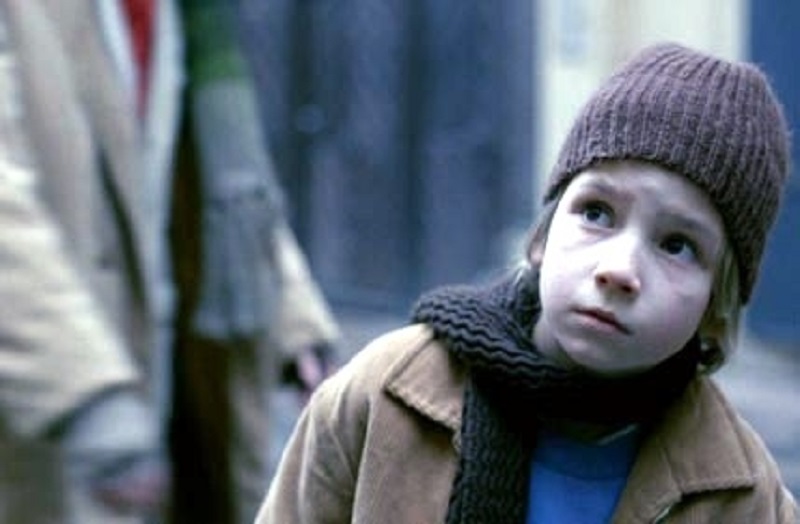
Despite the sadness on his face, which he cannot explain, the father always smiles, trying not to reflect this on his son, and tries to embrace life with joy. However, despite Lado’s eyes that devour every detail around him with a great appetite, it is seen that there is an emptiness that he cannot make sense of in his father’s gaze. An example of this is when Lado, while returning home after school, is stuck with the story of a theatrical moment in which a man begged for forgiveness by a man thrown into the street by his lover, while his father passes through the same scene unaffected.
Likewise, on the bus they boarded on the way back, Lado noticed that a man he had seen at the train station before was on the same bus, and began to examine the man carefully. With his looks and what he hears, he sets out to complete the man’s story within himself.
With these scenes, Lado almost creates a “bridge” that silently connects people from different places and circumstances that seem unrelated to each other. This bridge, built in Lado’s eyes, intersects almost every life included in the frame from the beginning to the end of the film, and establishes a connection between them, albeit indirectly.
What the bridge wants to tell is that no life and destiny can be completely independent of each other, and that there are points that affect or cover/include each other, even if they are not known by the people in it.
While Lado establishes such a bond between characters who do not know each other, the fate that constitutes the theme of the film also shows that the bridges that are built without being noticed can be destroyed by a parallel order that works secretly.
The scenes that have centered Lado’s gaze up to this point take us to the most critical moment of the film, to the scene of Lado’s collapse, which represents the metaphor of a bridge itself, without even hearing the spirit of the bridges he built.
One day, Lado wants to go to work (the point of exchange) with his father. Although his father does not like this at first, he cannot break Lado and takes him with him. However, Lado, who hears the sound of the train approaching on the rails while his father is busy, realizes that the train is arriving early, and that the bridge on the train’s route has been lifted up. He calls out to his father, but no one hears him.
Lado knows that in order for the approaching train to pass safely he must run to the mechanism that moves the bridge. While trying to move the wheels in the system with his hand, he suddenly falls between the giant gears right in front of his father’s eyes.
The child is out of sight, the bridge is still in the air, and the train carrying dozens of people is approaching rapidly.
The father understands the situation and is horrified by what he sees, he knows he has two options in front of him— running the risk of the train going off the rails by saving Lado from the gears he is stuck in—or moving the bridge in one move, at the cost of crushing his son between the gears by lowering the arm under his hand.
Death is equidistant and inevitable for both options, just like the rails running parallel to each other.
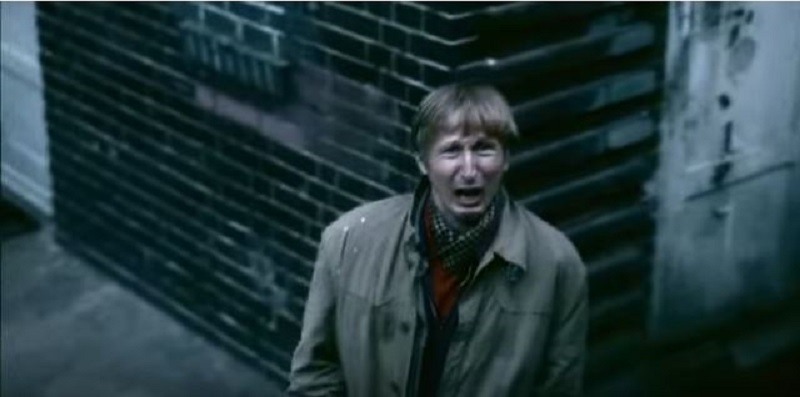
A father’s pain, despair, supplication to fate, disbelief…
The denial of existence and time…
An indescribable storm of emotions comes to life in a single expression on Ladislav Ondrej’s face with his astonishing acting.
The Father takes a long, deep breath for each breath on the train; he has made the decision to take his son’s breath away in one breath, he puts his own life between the gears and takes the bridge down.
Those on the train, unaware of anything going on, head towards different lives and stories.
The dull eyes looking through the passing window shudder when they look at the helplessness of a man struggling with pain below, they retreat into their holes, afraid of the majesty of the pain they see. These eyes moving in the wagons belong to none other than the faces that Lado carefully looked at and memorized at the train station.
The fate that brings us closer to our own end with every breath we take, on the other hand, sometimes puts the lives of other souls directly into our hands.
This decision that the father has to make in only seconds is the ethics that can afford to sacrifice a single individual in order to save the majority, and the ego that risks ignoring other souls for the sake of that single person, thus placing the two ends parallel to each other.
Time passes in the middle of this road without stopping; A person who is embedded in time in destiny has to choose one of the two extremes in order to move forward.
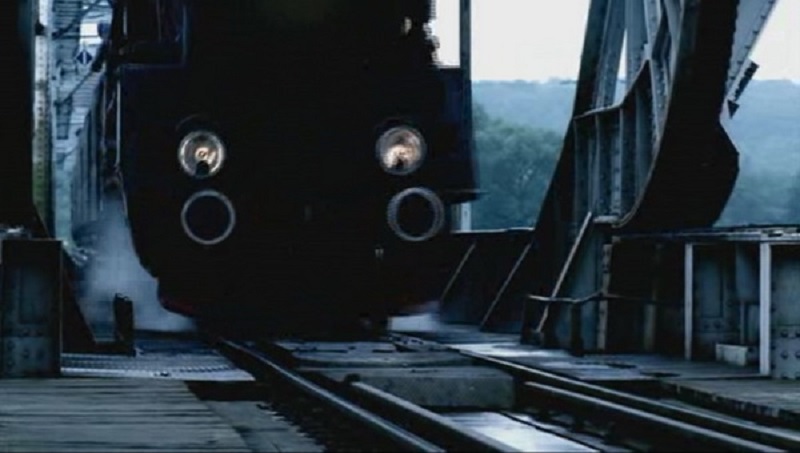
Since parallel lines cannot intersect at any point, and therefore both options cannot be applied in this double-ended choice, a sparking tension arises. This time, while the conscience is on fire, a person stretches out his hand towards one end, and leaves tears at the other end. And no matter what the preferences are, the wheels turn, turn, turn…
In this extremely striking and at the same time questioning scene, does the father’s gaze, which reflects rebellion and submission at the same time, scream at the choice he has to make, or does he have to make a choice?
Which of these two extremes crushes the conscience more?
Despite everything, the fatalistic attitude of the director and screenwriter Garabeidan shows itself in the last scene of the movie with the reappearance of the young woman that Lado met at the very beginning and included in the bridge in his eyes.
As the movie progresses through Lado and her father, this young woman, the protagonist of another story, is a drug addict and is about to break away from her family and drag her life down an irreversible path with her dangerous decisions.
However, she is also among the passengers of the train that crosses the bridge, and she is shaken from head to toe when she meets the gaze of the father, who is desperately giving up everything, at the window, who is crying out in pain after suddenly losing his son.
This single scene cost her all her decisions and the rest of her life. As a matter of fact, in the last scene of the movie, the woman is seen getting off the train and mingling with the crowd with a baby in her arms. Lado’s father is also there, and they make eye contact with the baby and smile at each other. At that moment, for the first time in a long time, warmth spreads over the father’s face.
He saw his son’s soul in the baby’s eyes. The emptiness that settled in your father’s eyes throughout the movie is literally filled at that moment; moreover, instead of a sharp rebellion and horror, this time with gratitude.
Perhaps the father felt that Lado was reborn in every child around him.
The wheel of fate…
Although names and faces may change, once upon a time, a single soul connected by that invisible web turns the gears.
The father has seen Lado’s bridge.
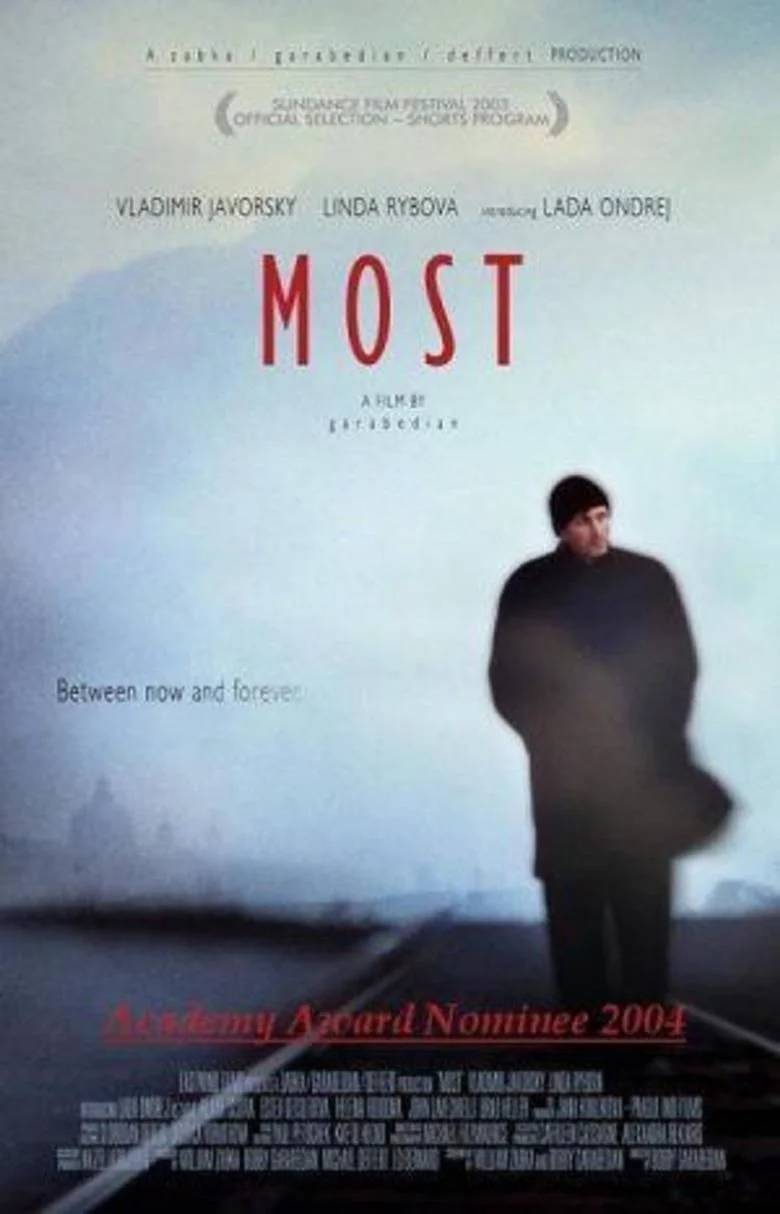
Thank you for your support – We appreciate you more than you know!
We know that you could spend hours, days, weeks and months finding some of this information yourselves – but at this website, we curate the best of what we find for you and place it easily and conveniently into one place. Please take a moment today to recognize our efforts and make a donation towards the operational costs of this site – your support keeps the site alive and keeps us searching for the best of our heritage to bring to you.
Remember, we rely solely on your donations to keep the project going.
Thank you in advance!
If you have not already subscribed to get TresBohemes.com delivered to your inbox, please use the form below now so you never miss another post.





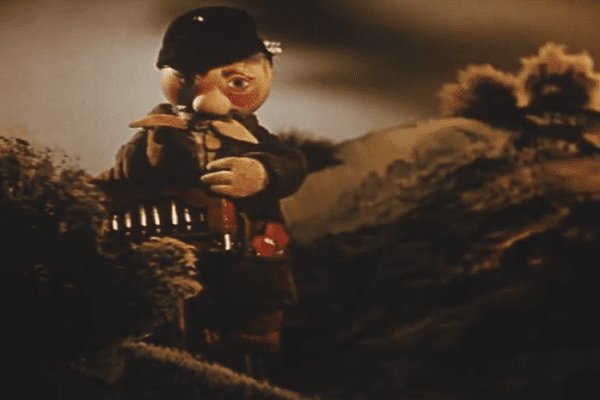
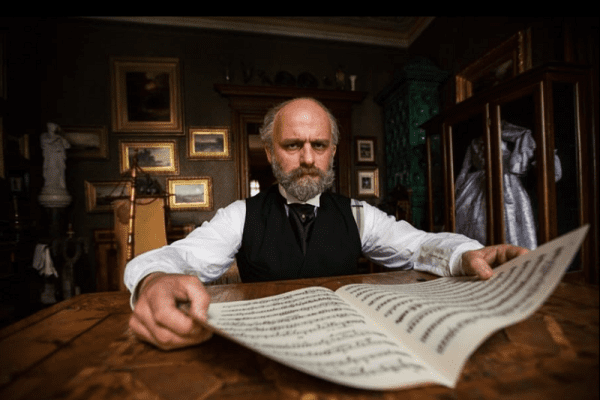















This was absolutely heartbreaking.